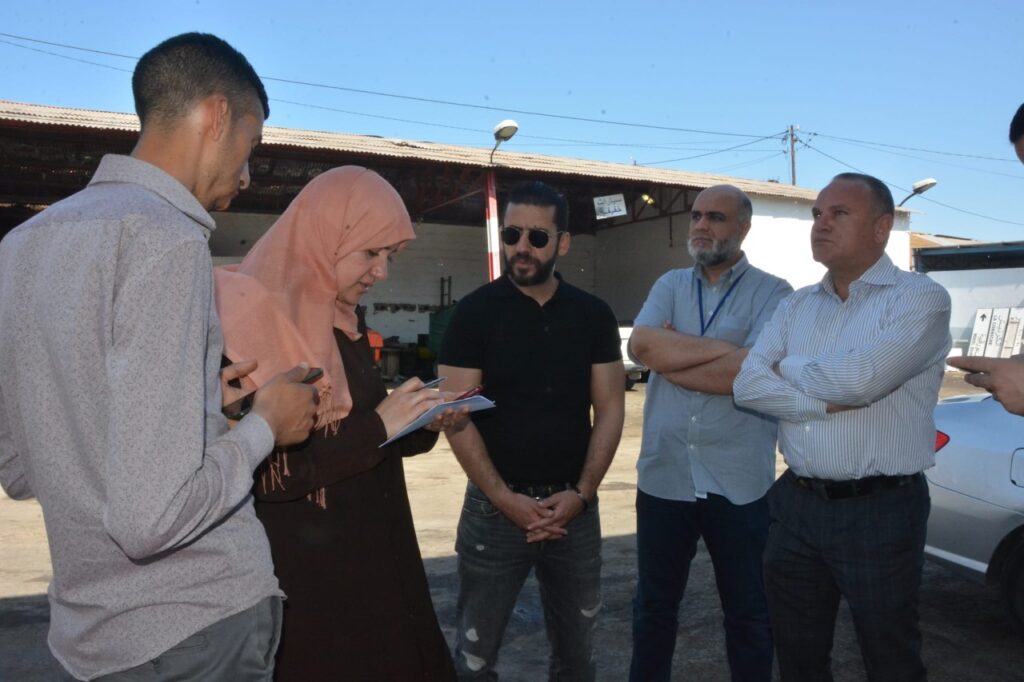What is the impact of a digital tool to improve waste collection processes in the city?
Local authority: Municipality of Bizerte
Country: Tunisia
With the growing size of Bizerte and its boundaries into peri-urban and rural areas, the local authority is experienc- ing new challenges in the ways it conducts waste management and its ability to provide a high standard of service to all citizens.
The Local Action Plan is focused on improving the coverage of waste disposal by building a platform to help waste collectors optimise their routes, and an interactive platform that allows the municipality to both manage contracts with public and private organisations and facilitate a stronger relationship with citizens on waste disposal.
The experiment phase was focused on building a “proof of concept” to share with waste collection operators, to learn their capacity and willingness to use the application. The local authority also looked to see if the tool would facilitate communication with drivers’ managers and supervisors, who will be able to track drivers’ movements and receive feedback from citizens. Finally, the city wanted to see whether waste collection routes using the new system would operate more efficiently.
ASSUMPTION: Waste collection agents will have the capacity to use a digital solution. The use of a digital solution will improve the efficiency of waste collection.
How the Local Action Group tested it
• Ran a procurement process to select a partner who will design and test the technology solution
• The waste directorate did not have data on the existing rates of collection, so the team manually collected weekly data on the weight of waste collected over a month-long period
• The technology partner adapted an existing solution to the needs and requirements of the city.
• The team were then able to conduct on-site testing of the proof-of-concept platform on one garbage route, to collect feedback from waste collection drivers and supervisors
What they learned
Drivers and supervisors are motivated by the intrinsic desire to be recognised for their work. Drivers were very enthusiastic about the solution – seemingly due to the “reputation gains” and recognition of their work that it might give them. The testing was done with few drivers, but the team intentionally selected those who were less tech savvy, and the general feedback was positive and very collaborative.

Municipal staff cleaning the streets
Was the assumption validated?
Yes the local authority learnt that:
• Drivers were able to use the digital solution and it received good feedback.
• It is still unclear if the tool will have any impact on efficiency of garbage collected, and what unexpected incentives it might create
What next?
The local authority has identified the need to measure certain indicators (e.g. volume of waste collected per week) at a larger scale. They are also looking to increase the number of routes managed by the digital solution.
In the long-run, the team would like to expand the use of the solution so that citizens can use it to report issues, provide feedback, and specific requests for waste to be collected.

Local group working on the online platform


